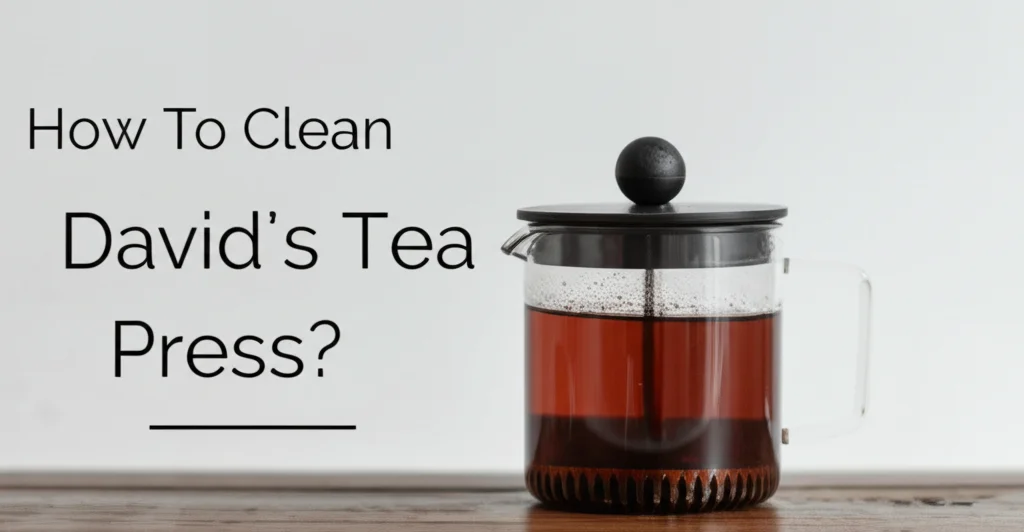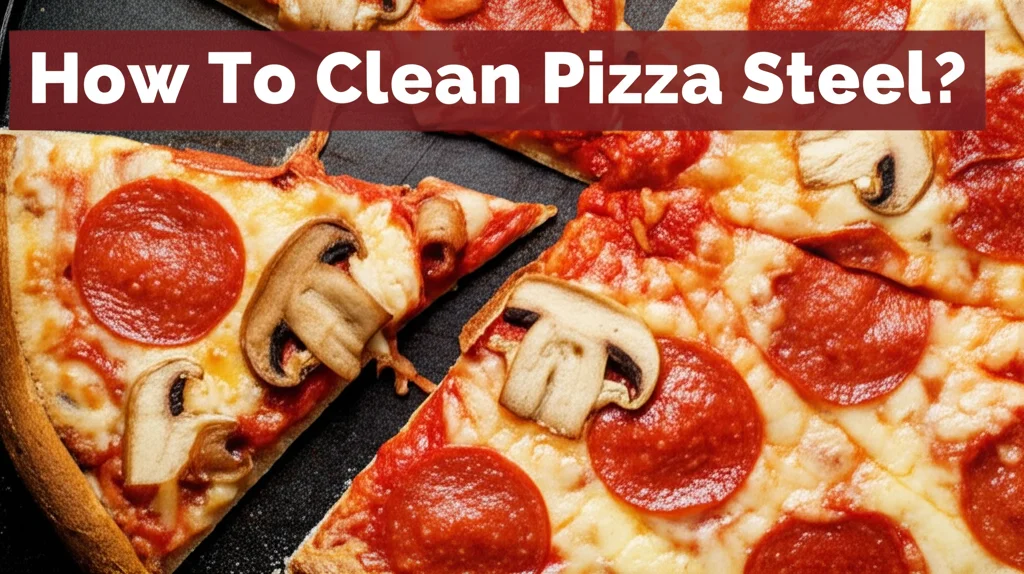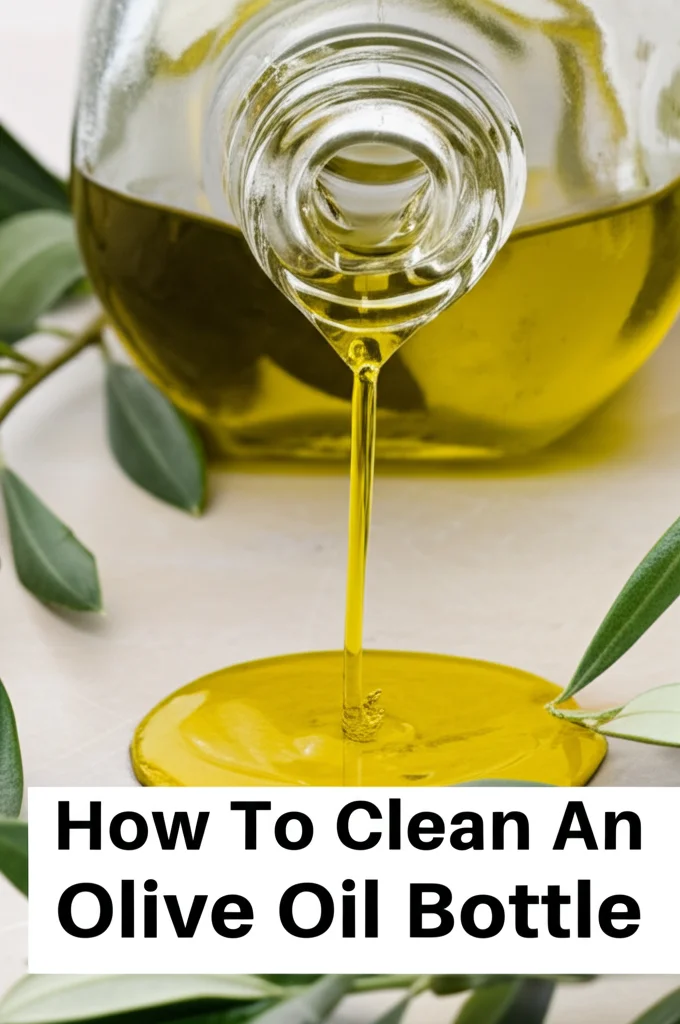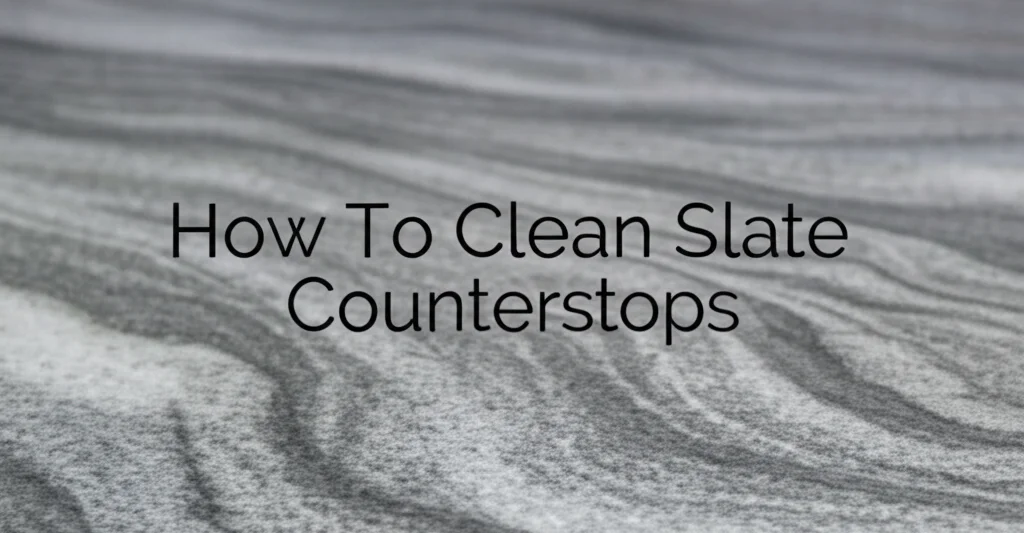· Kitchen Cleaning · 6 min read
How To Clean A Griddle With Baking Soda

How To Clean A Griddle With Baking Soda: A Simple Guide
Is your griddle looking a little worse for wear after a weekend of pancakes and burgers? Don’t worry, a sparkling clean griddle is within reach, and you likely already have the solution in your pantry! This article will show you how to clean a griddle with baking soda, a surprisingly effective and eco-friendly method. We’ll cover everything from prepping your griddle to tackling stubborn grease, ensuring a safe and efficient cleaning process. Let’s get started and restore your griddle to its former glory.
Takeaway:
- Baking soda is a gentle abrasive that effectively lifts grease and food particles.
- A baking soda paste is the key to tackling tough, stuck-on messes.
- Proper rinsing and seasoning are crucial after cleaning to protect your griddle.
Can you clean a griddle with baking soda?
Yes, you absolutely can! Baking soda is a fantastic, natural cleaner for griddles. It’s mildly abrasive, helping to lift grease and burnt-on food without damaging the surface. Plus, it’s a cost-effective and environmentally friendly alternative to harsh chemical cleaners.
Why Choose Baking Soda for Griddle Cleaning?
Many griddle cleaning methods involve strong chemicals, which can be concerning for food safety. Baking soda offers a safer alternative. It’s non-toxic, odorless, and readily available. It’s also surprisingly powerful when it comes to breaking down grease and grime. Using baking soda means you can clean your griddle with peace of mind, knowing you’re not leaving behind any harmful residues. This makes it a great choice for families and anyone prioritizing a healthy kitchen.
Gathering Your Supplies
Before you begin, let’s make sure you have everything you need. Having all your supplies ready will make the cleaning process much smoother. Here’s what you’ll need:
- Baking Soda
- Water
- Plastic or Wooden Spatula (avoid metal to prevent scratching)
- Soft Sponge or Cloth
- Paper Towels
- Cooking Oil (for seasoning)
- Spray Bottle (optional, for water)
Preparing Your Griddle for Cleaning
First, ensure your griddle is cool to the touch. Never attempt to clean a hot griddle, as this could cause burns. Scrape off any loose food particles with a plastic or wooden spatula. This initial scrape removes the bulk of the debris, making the baking soda treatment more effective. Dispose of the scraped food properly. A clean, cool surface is the best starting point for a thorough cleaning.
Making the Baking Soda Paste
Now, let’s create the cleaning power! In a bowl, mix baking soda with water to form a thick paste. The consistency should be similar to toothpaste. You’ll want enough paste to cover the entire griddle surface. Add water gradually, mixing until you achieve the desired consistency. A thicker paste is better for tackling stubborn areas.
Applying and Letting the Paste Sit
Generously spread the baking soda paste over the entire griddle surface. Ensure all areas are covered, paying special attention to heavily soiled spots. Let the paste sit for at least 15-20 minutes, or even longer for particularly stubborn messes. This allows the baking soda to penetrate and loosen the grease and food particles. For really tough spots, you can let it sit for up to an hour.
Scrubbing Away the Grime
After the paste has sat, use a soft sponge or cloth to scrub the griddle. Apply gentle pressure and work in circular motions. Avoid using abrasive scrubbers, as these can damage the griddle’s surface. A plastic spatula can also be helpful for scraping away loosened debris. If you encounter particularly stubborn areas, reapply a bit more baking soda paste and continue scrubbing. You can also check out https://www.beacleaner.com/how-to-clean-a-stove-top-with-baking-soda/ for additional tips on using baking soda for stovetop cleaning.
Dealing with Extra-Stubborn Spots
Sometimes, even baking soda needs a little help. For those truly stuck-on messes, try these techniques:
- Heat Assist: Gently warm the griddle (low heat) after applying the paste. This can help loosen the grime, but be careful not to overheat.
- Repeat Application: Reapply the baking soda paste and let it sit for a longer period.
- Gentle Scraping: Use a plastic scraper with firm, but careful, pressure.
Rinsing and Drying the Griddle
Once you’ve scrubbed the griddle clean, thoroughly rinse it with water. Make sure to remove all traces of baking soda. You can use a spray bottle filled with water for easier rinsing. After rinsing, dry the griddle completely with paper towels. Any remaining moisture can lead to rust. A dry griddle is essential for proper seasoning.
Seasoning Your Griddle After Cleaning
Seasoning is crucial after cleaning to protect the griddle surface and prevent rust. Pour a small amount of cooking oil (vegetable, canola, or flaxseed oil work well) onto the griddle. Spread the oil evenly over the entire surface with a paper towel. Heat the griddle on medium-high heat for about 15-20 minutes, allowing the oil to polymerize and create a protective coating. This process creates a non-stick surface and prevents rust. You can find more information about seasoning your griddle at https://www.beacleaner.com/how-to-clean-bacon-grease-from-pan/.
Frequently Asked Questions (FAQs)
Q: Can I use baking soda on all types of griddles?
A: Yes, baking soda is generally safe for most griddle surfaces, including stainless steel, cast iron, and non-stick. However, always test a small, inconspicuous area first to ensure it doesn’t cause any damage.
Q: How often should I clean my griddle with baking soda?
A: It depends on how often you use it. A light cleaning with baking soda after each use can prevent buildup. A more thorough cleaning, as described above, can be done every few weeks or as needed.
Q: Will baking soda scratch my griddle?
A: Baking soda is a mild abrasive, but it’s unlikely to scratch your griddle if used with a soft sponge or cloth and gentle pressure. Avoid using abrasive scrubbers.
Q: Can I use vinegar with baking soda to clean my griddle?
A: While vinegar and baking soda create a fizzing reaction, it’s not ideal for griddle cleaning. The reaction neutralizes both ingredients, reducing their cleaning power. It’s best to use baking soda alone.
Conclusion
Cleaning your griddle with baking soda is a simple, effective, and eco-friendly way to keep it in top condition. By following these steps, you can easily remove grease and grime, ensuring a safe and enjoyable cooking experience. Remember to always cool your griddle before cleaning, use gentle scrubbing motions, and properly season it afterward. A clean griddle is a happy griddle! So, ditch the harsh chemicals and embrace the power of baking soda for a sparkling clean cooking surface. Now go ahead and enjoy your next griddle feast!




